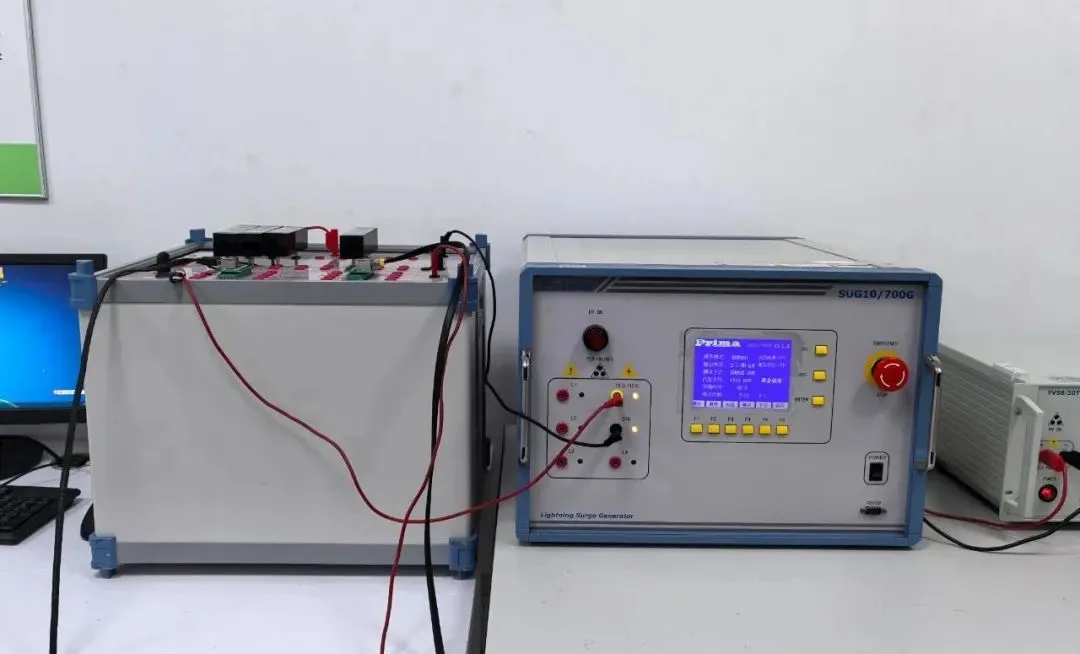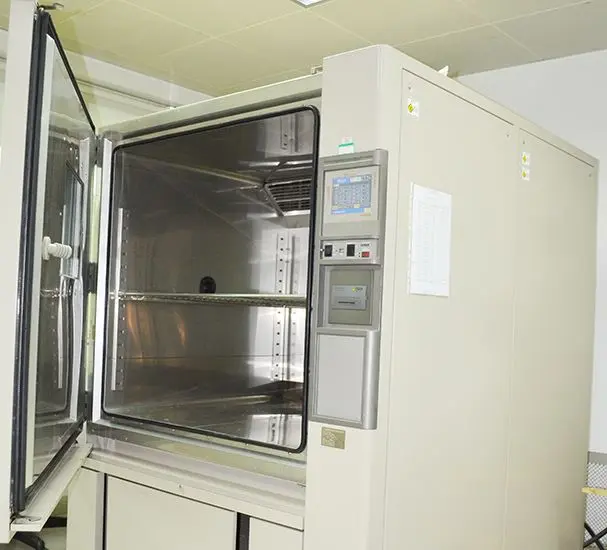
Jewelry Compliance on Amazon (US & Canada)
Amazon has recently tightened regULations for jewelry. Both children’s and adult jewelry now require CPC (Children’s Product Certificate) certification. Many adult jewelry listings are also being flagged because keywords like “children,” “boy,” “girl,” or “holiday gift” appear in the listing. Appeals are often rejected almost immediately, so the fastest way to restore a listing is to submit the requiRED reports.

1. Amazon US – Adult Jewelry Standard: astm f2999-19
ASTM F2999is the "Standard Consumer Safety Specification for Adult Jewelry." It defines safety specifications and testing methods for jewelry intended for individuals aged 12 and older. The standard addresses two main hazard types: toxic metals and mechanical hazards.
Testing scope and limits for adult jewelry:
Total Lead
① Plated metals with suitable primer and topcoat: ≤6.0%
② Non-plated metals: ≤1.5%
③ Plastics (including rubber): ≤200 mg/kg
④ Other materials: ≤600 mg/kg
⑤ Surface coatings: ≤600 mg/kg
⑥ Testing methods: CPSC-CH-E1001-08, CPSC-CH-E1002-08, CPSC-CH-E1003-09, EPA 3050B, 3051A, 3052, ASTM F2853-10
⑦ Notes: Certain exempt materials follow California Lead Jewelry Law (AB1681 & AB2901). Piercing jewelry follows the same requirements.
Total Cadmium
① Accessible metals and plastics: ≤15,000 mg/kg
② If above 15,000 mg/kg, extractable cadmium testing is required.
③ Testing method: same as lead testing.
Seven Soluble Heavy Metals in Coatings
① Antimony (Sb): ≤60 mg/kg
② Arsenic (As): ≤25 mg/kg
③ Barium (Ba): ≤1000 mg/kg
④ Cadmium (Cd): ≤75 mg/kg
⑤ Chromium (Cr): ≤60 mg/kg
⑥ Mercury (Hg): ≤60 mg/kg
⑦ Selenium (Se): ≤500 mg/kg
⑧ Testing methods: ASTM F963-11, astm f2923-11, en 71-3
⑨ Note: Skip if total sample <10 mg
Nickel Release:Testing required on metals (EN 1811:2011, EN 12472:2009, CR 12471:2002)
Filled liquids:Must not contain substances listed in 16CFR1500.14
Other metals and phthalates:No specific limits required for base materials
2. Amazon US – Children’s Jewelry Standard: ASTM F2923-20
① Material requirements:Restricts harmful substances including total lead, cadmium, mercury, arsenic, phthalates, and nickel release. Cadmium limits were reduced from 300 ppm to 75 ppm.
② Design requirements:Specifies physical properties such as tension, torque, sharp points, sharp edges, and small parts. Jewelry is not recommended for children under 3 years unless under parental supervision.
③ Testing methods:Include restricted substance tests, mechanical hazard tests, and analysis of material composition, physical properties, and harmful substances.
3. Amazon Canada – Children’s Jewelry Standard: SOR/2018-82
Children’s jewelry exported to Canada follows different standards.
Health Canada issued recalls for imitation children’s jewelry containing excessive lead or cadmium, exceeding SOR/2018-82 limits. Exposure to these substances can cause serious health issues or even death.
Applicable regulations for children’s jewelry in Canada:
① SOR/2014-79:Applies to children’s jewelry containing polyurethane foam
② SOR/2016-188:Applies to children’s jewelry containing phthalates
③ SOR/2018-82:General regulation for children’s jewelry
Jewelry Certification Process
1. Fill out the application form
2. Provide samples for testing
3. Arrange and conduct tests
4. Issue a draft report after passing tests
5. Confirm and receive the official certificate
Typical certification timeline:5 working days
Email:hello@jjrlab.com
Write your message here and send it to us
 Electric Toy EN 62115 & EN 71 Testing
Electric Toy EN 62115 & EN 71 Testing
 What are ASTM F963 and CPSIA?
What are ASTM F963 and CPSIA?
 Comparison of ASTM F963 and EN 71
Comparison of ASTM F963 and EN 71
 How to get CSA C22.2 NO.256:14 Test Report?
How to get CSA C22.2 NO.256:14 Test Report?
 How much is the ISTA Amazon Packaging & Shippi
How much is the ISTA Amazon Packaging & Shippi
 Amazon Product Laboratory Testing Requirements
Amazon Product Laboratory Testing Requirements
 How to Get EPA Certificatio
How to Get EPA Certificatio
 What is EPA Certification in the United States?
What is EPA Certification in the United States?
Leave us a message
24-hour online customer service at any time to respond, so that you worry!




